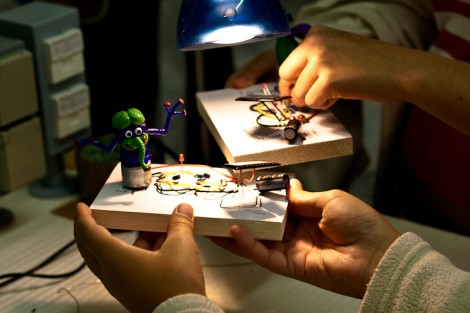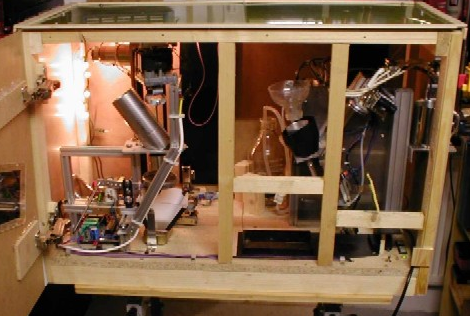
Remember how fun it was studying chemistry and physics in high school? Well we guess your recollection depends on the person who taught the class. Why not have another go at it by learning the A-to-Z of electronics from one of our favorite teachers, [Jeri Ellsworth].
You know, the person who whips up chemistry experiments and makes her own semiconductors? The first link in this post will send you to her video playlist. So far she’s posted A is for Ampere and B is for Battery, both of which you’ll find embedded after the break. Her combination of no-nonsense technical explanation, and all-nonsense paper-doll history reenactment make for a fun viewing whether you retain any of the information or not.
















